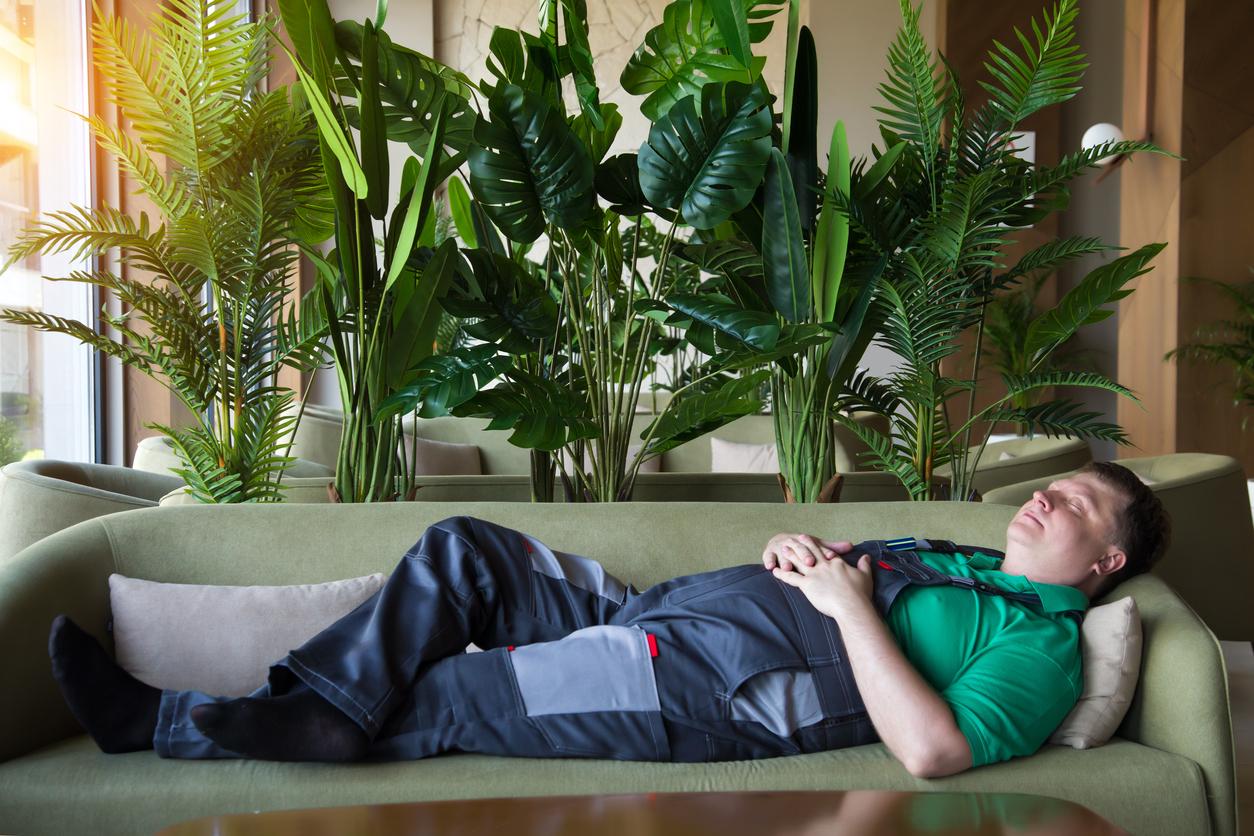
Small interventions, more conscious heating and smart switching can yield a lot of benefits. Ten saving tips.
1. Fans under the radiators
Special fans under the radiators ensure faster distribution of the warm air throughout the room. Your central heating boiler will then have to work less hard. Disadvantage: they make noise.
You can get such a fan for a few tens, but the smarter variants cost more than €300.
2. Curtains closed
Closing curtains at night prevents heat loss. Do not let them hang over the radiator, because then the heat will go straight out. Preferably your curtains end on the windowsill.
3. Solar panels
Costs continue to fall, increasing returns.
4. Thermostat one degree lower
By burning economically you can save a lot on the energy bill every year. Turning the thermostat down one degree easily saves €90 a year. When you are active with, for example, cleaning up, washing dishes or vacuuming, 19 degrees Celsius is usually warm enough. But you can save a lot more heating costs with simple adjustments. For example, prevent heat leakage by closing all doors in the house, including above and in the attic.
Furthermore, only heat the rooms where you spend a lot of time. This saves you €240 heating costs per year. In the kitchen it automatically gets a little warmer during cooking. At night you can easily turn the thermostat in the living room back to 15 degrees. Lower the thermostat an hour before going to sleep. This saves you another €20 per year. In a house with underfloor heating, you prefer to keep the thermostat at 17 degrees at night, otherwise it will take too long to heat up when you get up.
5. Hot water tank off
A notorious energy guzzler is the hot water tank in many central heating combi boilers. The boiler heats the hot water 24 hours a day to 60 to 80 degrees. Turn this facility off if you go away for a weekend or are on vacation.
6. Insulating cavity wall
Cavity wall insulation costs at most € 2100 for a corner house and saves more than € 650 annually. So you earn this back in three years. And your home feels more comfortable. By the way, three quarters of our houses already have some form of cavity wall insulation.
7. Foil behind the radiators
A combination of cavity wall insulation, triple window glass and roof and floor insulation costs just €10,000 or more. Little bits also help, such as sticking (extra thick) silver bubble wrap on the walls behind the radiators or – with magnets – on the back of the radiator. You save 10 cubic meters of gas or €8 per year per square meter of foil. It is of course better to insulate the outer walls.
8. Wash smarter
You can also wash at 30 instead of 60 degrees Celsius; that saves a dime per wash. Drying on the line instead of in the dryer yields at least as much per drying cycle. This way you can easily save €40 per year.
9. Programming temperature
You can regulate the temperature per room with separate thermostat knobs. They cost just €5 more than a regular radiator valve. Is there no one at home during the day? Then turn the thermostat down to 15 degrees. This saves €160 per year. Run the underfloor heating at about 17 degrees, so that the floor doesn’t feel stone cold when you get home. If you don’t feel like having to think about the thermostat all the time, it is cheaper with a programmable clock thermostat. There are even smart devices that automatically adjust this by following the heating pattern for a week.
10. Switching smart and free saves hundreds of euros
You notice that the energy bill has gone up and you wonder if it couldn’t be cheaper. You look for a low-cost provider and find a fantastic offer via a comparison site. It saves no less than 300 euros per year! You arrange the switch and are very happy with your smart action. And what a great price that new supplier has! You are so satisfied that you don’t even think about the fact that the new supplier also has higher, variable rates. And if you’ve signed a one-year contract, you’re going to pay those higher rates the following year. This will put you back at the same price level as with the previous supplier in no time. One solution is to switch every year. Be smart: so at the end of the term and not in the meantime. Then the supplier can charge a fine that nullifies the benefit. If you switch after the term, the switch is in principle free.















